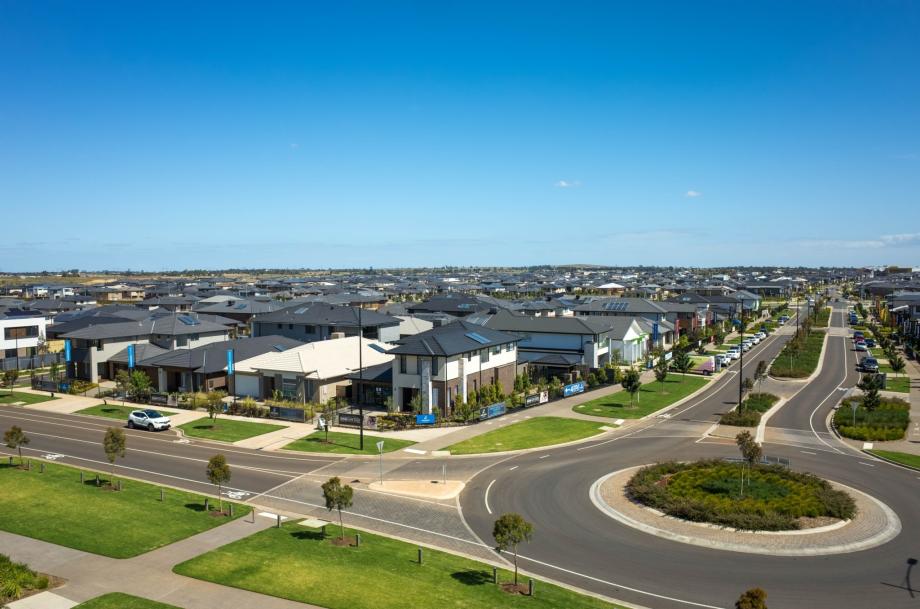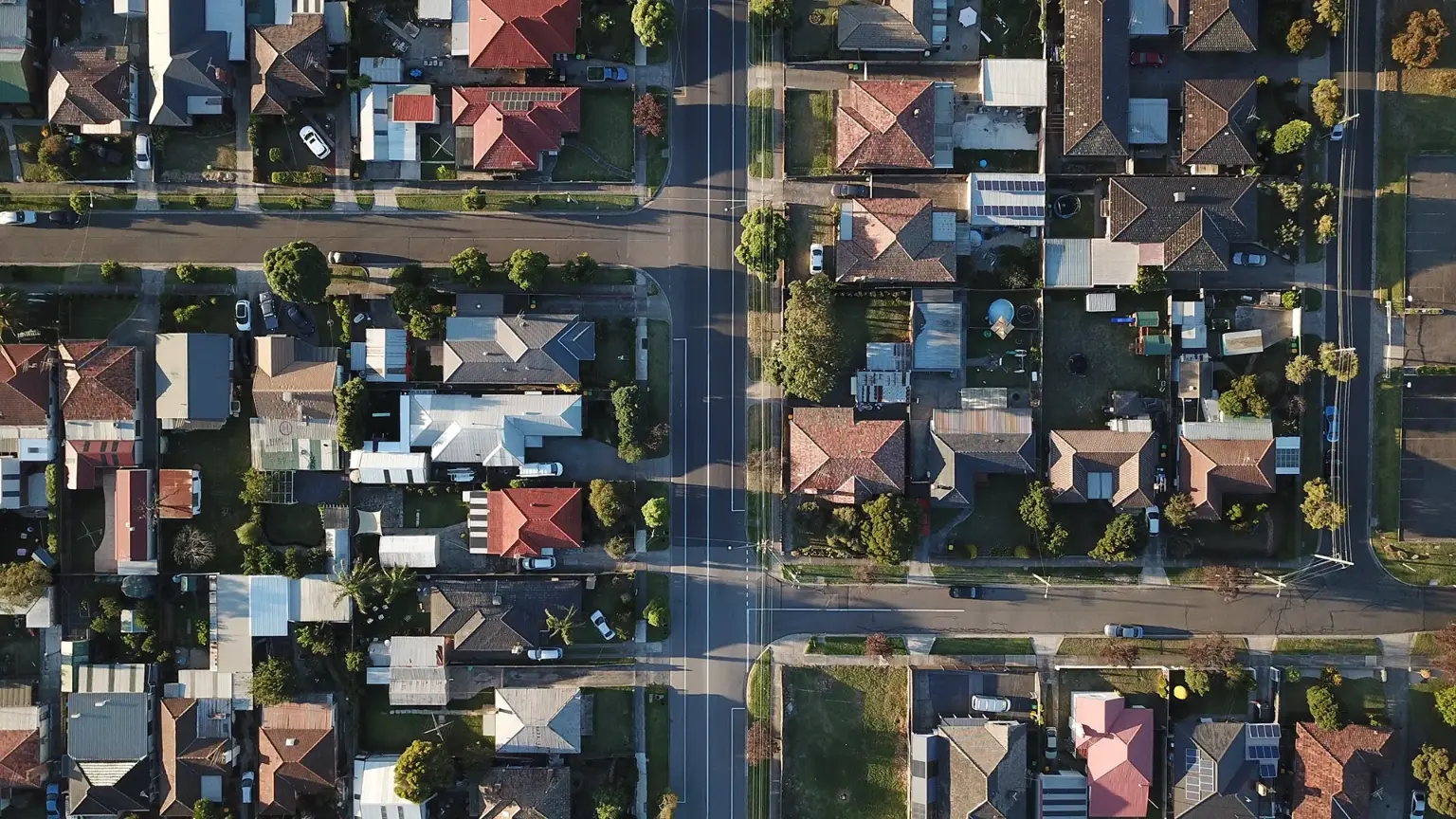Australia is on the brink of a housing and construction crisis. With the rising demand for housing and the growth of urban areas, the country faces the urgent need to build 1.2 million new homes by 2030. To meet this ambitious goal, an additional 90,000 construction workers will be required, highlighting the significant workforce gap in the industry.
The Housing Demand Surge
The population growth in Australia, coupled with the urbanisation trends, has led to a substantial increase in the demand for housing. Cities and regional areas alike are experiencing a surge in housing needs, driven by both domestic migration and international immigration. This demand is not just for quantity but also for quality, as modern living standards and sustainability practices become increasingly important.
Workforce Shortage
The current construction workforce is insufficient to meet the projected housing needs. The industry is already experiencing labour shortages, with many projects delayed due to a lack of skilled workers. This shortage is particularly acute in specialised trades, such as electricians, plumbers, and carpenters. The gap is expected to widen unless significant measures are taken to attract and train new workers.
Training and Recruitment
Addressing the workforce shortage will require a multi-faceted approach. First, there needs to be a strong emphasis on training and apprenticeships. Educational institutions and trade schools must expand their programs to accommodate more students, offering courses that align with the latest industry standards and technologies.
Moreover, the construction industry must improve its attractiveness as a career option. This includes not only competitive wages and benefits but also addressing issues such as job security, working conditions, and career progression opportunities. The industry must also become more inclusive, actively encouraging women and underrepresented groups to consider careers in construction.
Government and Industry Collaboration
The scale of the challenge requires a coordinated effort between the government and the construction industry. Policies that support housing development, streamline approval processes, and provide incentives for training and hiring can make a significant difference. Additionally, investment in infrastructure projects can create more job opportunities and stimulate economic growth, further supporting the housing market.
The government’s role is also crucial in terms of immigration policies. By facilitating the entry of skilled workers from overseas, the immediate workforce gap can be partially filled. However, this must be balanced with the long-term goal of building a robust, locally trained workforce.
Technological Innovations
Embracing technological innovations can also help mitigate the workforce shortage. Automation, prefabrication, and advanced project management tools can increase efficiency and reduce the dependency on manual labour. By integrating these technologies, construction companies can optimise their operations and deliver projects more swiftly and cost-effectively.
Conclusion
The need for 1.2 million new homes by 2030 presents a formidable challenge for Australia, compounded by the requirement for an additional 90,000 construction workers. Addressing this issue demands a comprehensive strategy involving training, recruitment, policy support, and technological advancements. Only through collaborative efforts can the construction industry rise to meet the housing needs of the future and ensure sustainable growth for the country.
As Australia navigates this critical period, the construction industry’s ability to adapt and innovate will be crucial in shaping the nation’s housing landscape and economic prosperity.

_1760408926gJ50A-card.jpg)

_1758680457EfP8W-card.png)
_1754959266HOub5-card.png)
_1752115352WpaHL-card.jpg)
_1751940993PbDjZ-card.jpg)

_1764731815HUFUX.jpg)
_1764211036lHsm6.png)
_1762916285NoFl4.jpg)
_17623130443GJfk.jpg)
_1760408926gJ50A.jpg)
_17598783571Kaml.jpg)



